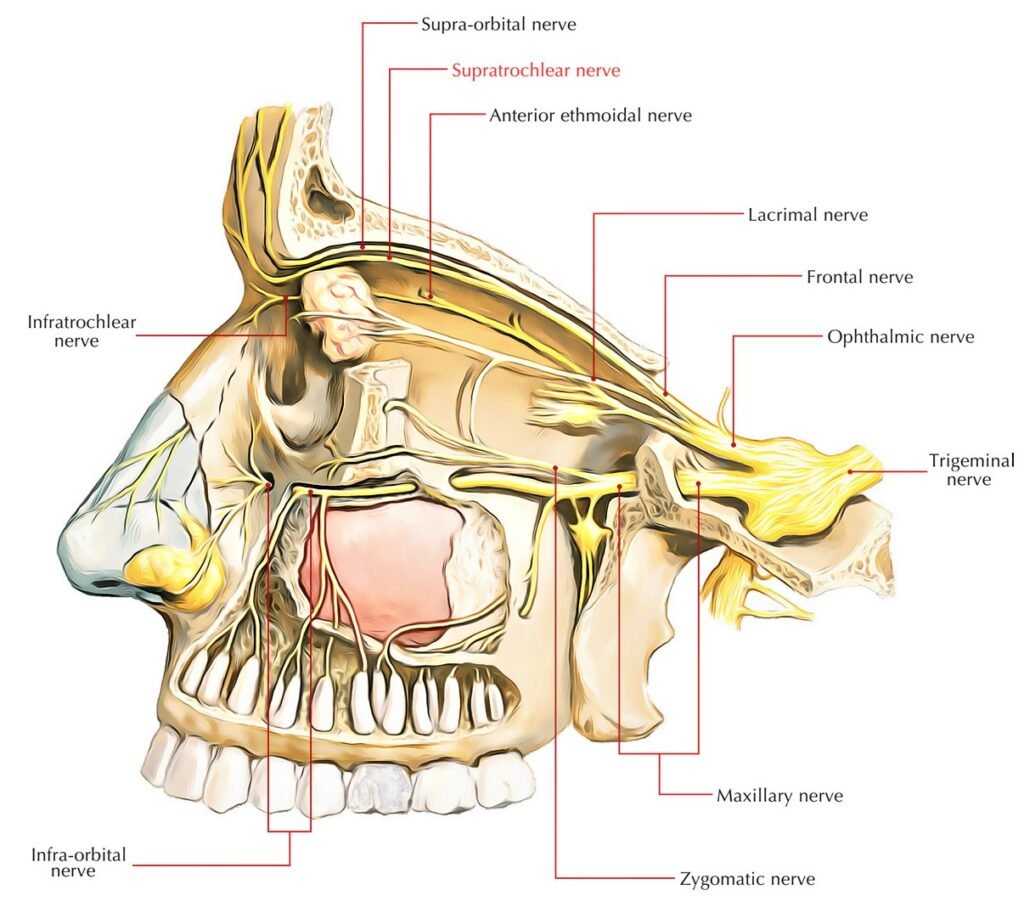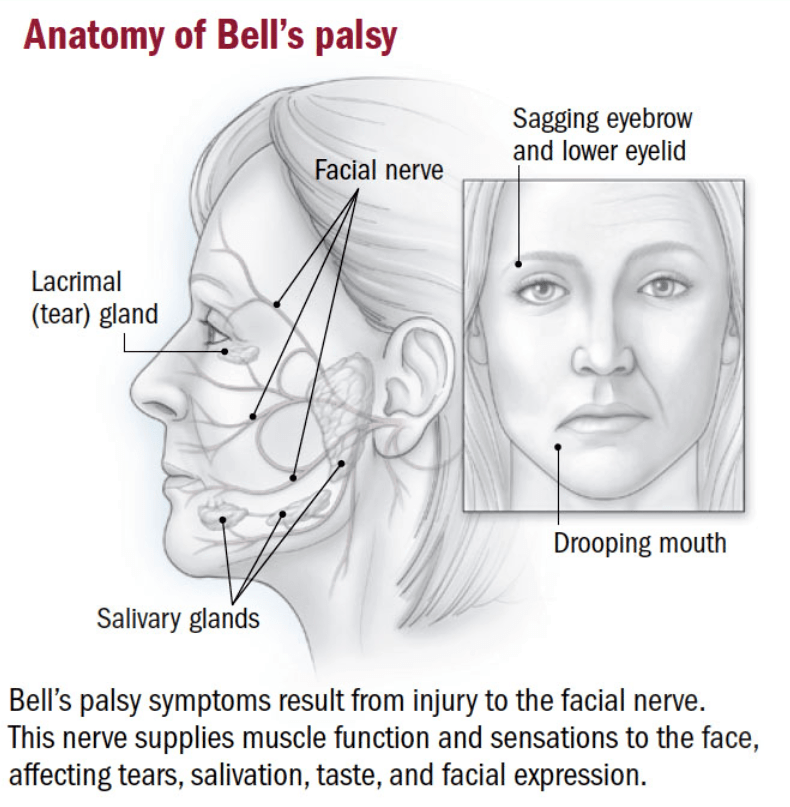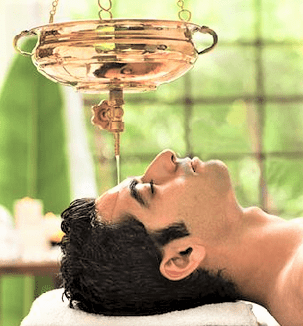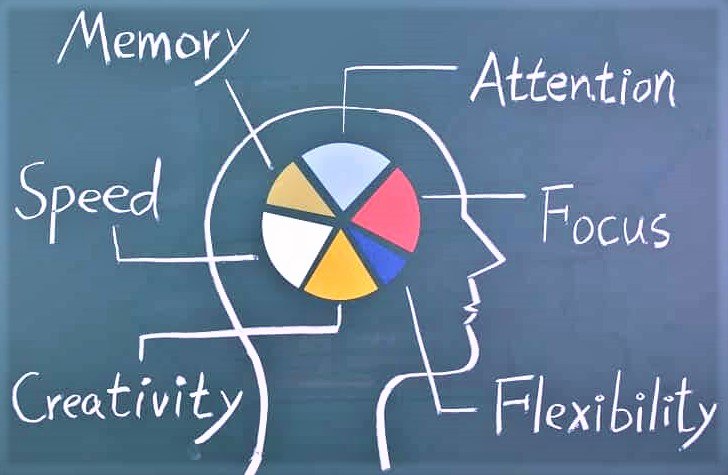
PODCAST: Science Behind Wearing Bindi
Synopsis: We are continuing the topic from Part 1, on understanding the scientific reasons that are directly related to the health by stimulating the Third Eye. We will also explore the several benefits of wearing kumkum on the forehead.
These are several health Benefits of wearing (pressing and massaging) KumKum on the forehead :
1. Relieves headaches
The place between the eyebrows is a converging point of numerous nerves and blood vessels. According to the principles of acupressure, pressing and massaging this spot for few seconds relieves headache.

2. Improves hearing
One of the nerves passing through this agnya chakra area stimulates the cochlear nerve. This nerve is a part of the inner ear and plays a very important part in the process of hearing. Stimulating this point helps with the hearing loss and keeps the ears healthy.
3. Improves vision and eye health
The center point of the forehead is directly connected to the supratrochlear nerve. This nerve is a branch of the frontal nerve, which in turn is a branch of the ophthalmic division of the trigeminal nerve. It is connected to all the muscles around the eyes. Stimulating this nerve activates the muscles of the eyes, thereby improving the eye vision and eye health.

4. Strengthens the facial muscles and can helps reduce fine lines
When the supratrochlear artery, and the supratrochlear vein are stimulated, muscles of the face also get stimulated and there is increased flow of blood in all the facial muscles. This helps in retaining the stiffness of the muscles, nourishes the skin and removes wrinkles. Pressing this centre stimulates the nerves, facilitating the blood supply to the facial muscles resulting in healthy glowing skin and reduction in wrinkles and fine lines.

5. Clears up the sinuses
Trigeminal nerve is responsible for sensation in the entire face. By massaging this point it stimulates this nerve which increases the blood flow to the nasal passage and the mucosal lining of the nose. Thus it helps in relieving from nasal congestion, blocked nose, and also helps in reducing the swelling within the sinuses.
6. Prevents depression
Trigeminal neuralgia is a rare neuropathic disorder with an excruciating facial pain. The unpredictable pain attacks may result in anxiety and depression. Stimulating the trigeminal nerve with very low intensity electrical shocks may treat depression, epilepsy and post-traumatic stress disorder (PTSD). By pressing and massaging this nerve for a few seconds every day, one can take precaution to prevent these conditions from occurring in the first place.

7. Can help relieve the symptoms of facial paralysis
Bell’s palsy is a condition characterized by muscle weakness that causes one half of the face to droop causing facial paralysis. Massaging this point activates the muscle known as the procerus muscle that is present between the eyebrows. This muscle is connected to temporal nerves that contains nerve fibers of cranial muscle five (CNVII) which is responsible for the movement of all the facial muscles.
Treatment of this disease via massage of this point can be found in Ayurveda. The therapy used for treatment is called Shirodhaara. It’s an Ayurvedic healing technique where the practitioner pours medicated oil continuously on the center of the forehead for about 40-60 minutes. Shirodhara is said to have relaxing, soothing, and calming effects on the body and mind.

8. Relieves stress and calms the mind
This point is also very closely linked to the pineal gland that produces the hormones serotonin and melatonin. Serotonin is the key hormone that stabilizes our mood, feelings of well-being, and happiness. Melatonin is a hormone primarily released by the pineal gland at night, and has long been associated with control of the sleep–wake cycle. Massaging this point on a daily basis activates the muscles and nerves in this area thereby calming the mind and body.
The pituitary gland is situated behind the Agnya Chakra. The pituitary gland controls the function of all the other glands in the body. The result of a well balanced pituitary gland is a balanced, relaxed and properly functioning body and mind.
9. Relieves fatigue and insomnia
The third eye area gets hot throughout the day with stress and mental fatigue. In Ayurveda, this spot is advised to be massaged for relieving stress and insomnia. Stimulating this point relaxes the face, neck and upper body and promotes restful sleep.

10. Boosts memory and concentration
According to both yoga and acupressure, stimulating this point boosts memory and concentration. Sandalwood paste (Chandan) or ash is advised to be applied on this spot to keep the nerves cool and conserve energy.
11. Improves intuition and awareness
According to pranayama, this spot is linked to intuition, creativity, spiritual awareness, visualization, wisdom and intellect. During meditation, latent energy (Kundalini) rises from the base of the spine towards the head. Stimulating the Adnya Chakra, helps in retaining the life force energy in the human body and in controlling the levels of concentration.
Check out Science behind the Dot (Bindi) PART ONE of the Science behind the Dot (Bindi)
It is amazing to see how so much science was associated with a practice which was easy to incorporate in ones daily routine. Our forefathers knew the importance of this important center and how it was good for a healthy, active and balanced life.
- RELATED ARTICLES
- A True Genius, Inventor and Visionary : Nikola Tesla
- Ancient Strategy to Increase Brain Power
- Chromotherapy – Surya Kiran Chikitsa
- Science behind Dot (Bindi) on the Forehead (Part 1)
- Scientific Analysis of ‘Pooja’ (Prayer)
- Sound Energy in Daily Life : For Students (Gayatri Mantra)
- Sound Energy in Daily Life : Morning (Kardarshanam)
- Why Eating with Hand is Good for Health


good article